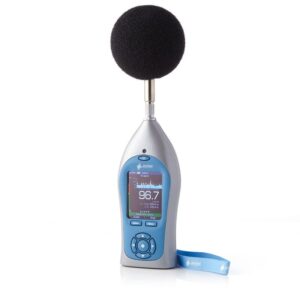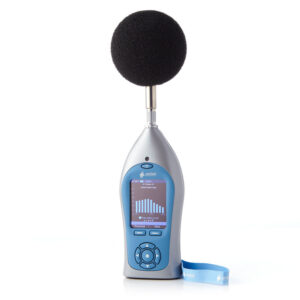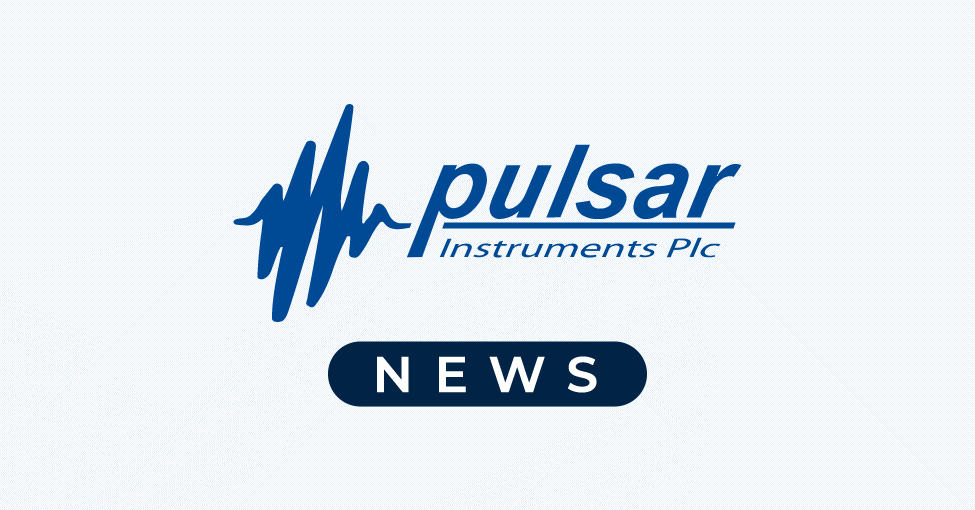What is sound pressure level (SPL)?
The sound level (on a basic level – how loud something is) can be perceived differently by different people so we need to have a means to get an objective measurement of sound level expressed in numerical terms. This is defined as Sound Pressure Level (SPL) and is quite a complex thing to get to grips with. To understand what SPL is we must first understand what ‘Sound Pressure’ is. Sound pressure (p) is the average variation in atmospheric pressure caused by the sound. The unit of pressure measurement is pascal (Pa) Note: The term ‘sound pressure’ may be proceeded by other noise measurement terms such as ‘instantaneous’, ‘maximum’, and ‘peak’ (e.g. peak sound pressure).
Sound pressure level (SPL) is the pressure level of a sound, measured in decibels (dB). It is equal to 20 x the Log10 of the ratio of the Root Mean Square (RMS) of sound pressure to the reference of sound pressure (the reference sound pressure in air is 2 x 10-5 N/m2, or 0,00002 Pa). Or, in other words is the ratio of the absolute sound pressure against a reference level of sound in the air.
How is it measured?
The unit measure of SPL is decibels (dB). It is measured with a Sound Pressure Level Meter, such as the Pulsar Nova. Sound enters the meter through a microphone, and then the meter evaluates the sound values by converting them into electrical information and the measurement values in decibels are displayed. An SPL Meter is generally handheld, mobile and lightweight, and is manufactured in line with international standards such as IEC 61672. Pulsar Instruments manufactures a range of SPL meters of high quality in line with these standards. The meters will quickly take measurements of noise level and allow the user to identify sources or situations where noise might be an issue either for occupational (noise at work) reasons, for environmental pollution or for noisy neighbour disputes.
There are different Classes (Types) of meter – Class 1 (Type 1) is more precise with the measurements than Class 2 (Type 2) because of the microphones used – but both will meet international standards for noise measurement and be accurate. You can read more about these in our Blog post What is the difference between a Class 1 and a Class 2 Sound Level Meter.
An SPL meter typically displays a range of sound pressure levels from 20 dB to 140 dB, although it is possible to measure lower and higher than this range. Many can also be set to measure over long periods of time or at set intervals – this is particularly useful when measuring environmental noise or traffic noise for example. Using a mobile SPL meter enables the user to take the meter to where the noise is present, store the measurements in an internal memory and then download the measurements later for analysis, reporting and to identify appropriate control measures to be put in place to reduce noise.
Have a look at a Class 1 SPL Meter – the Pulsar Nova Model 45 to find out just what these types of professional-grade instruments are capable of.
Find your perfect noise measurement equipment:
-

7-year
Warranty
Nova Noise at Work Sound Level MeterFrom: £1,605.00 (Ex. VAT/GST) -

7-year
Warranty
Nova Environmental Sound Level MeterFrom: £2,439.00 (Ex. VAT/GST)
You might also like
- Understanding A, C and Z noise frequency weightings
- Where and how to buy noise meters
- Octave Band Sound Level Meters – do you really need one?
- What are decibels, the decibel Scale and noise measurement units?
Please also refer to our Acoustic Glossary for explanation of noise measurement terms.


